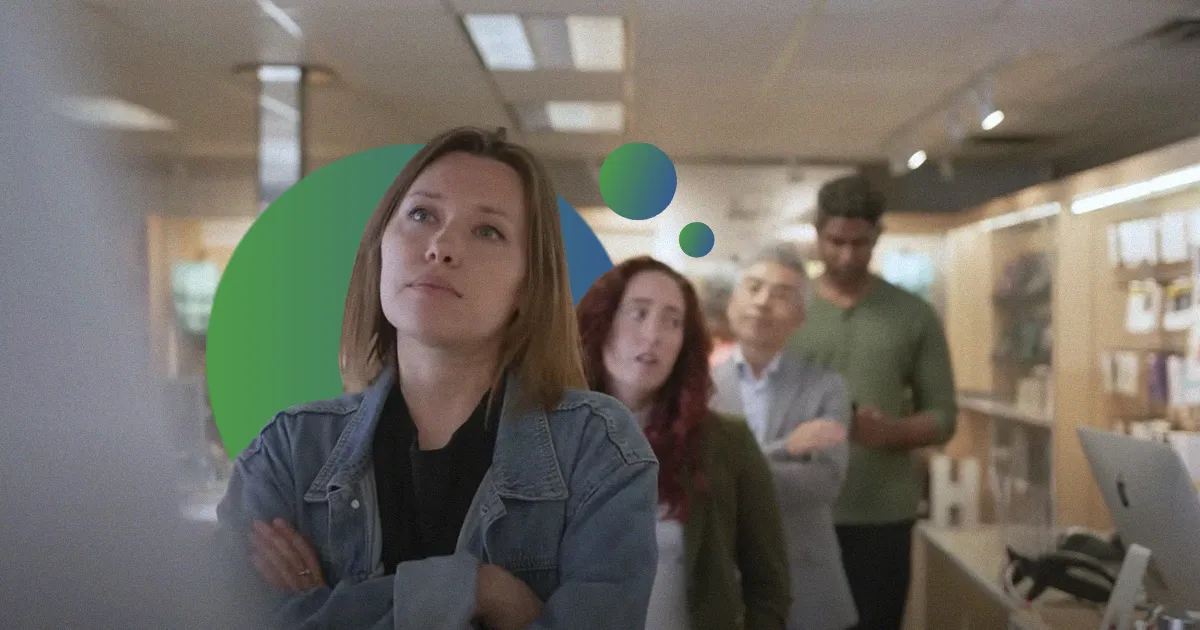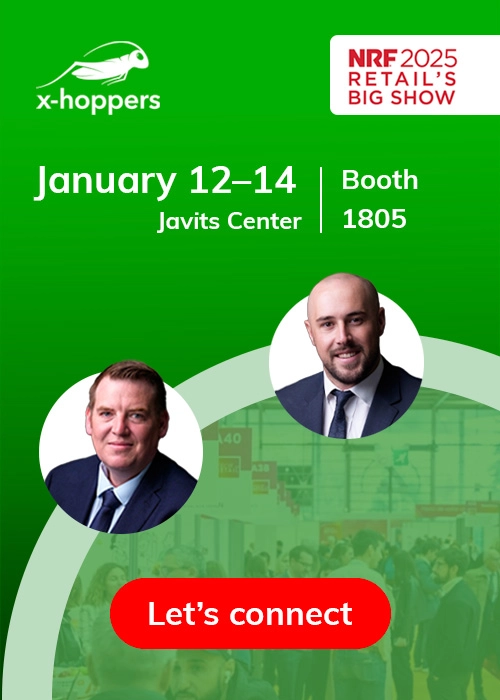Black Friday has a long history, but the original Black Fridays had nothing to do with sales. Instead, they were generally negative events that happened on a Friday — in the same way that Black Tuesday refers to the stock market crash of 1929. In the 1950s, however, retailers started noticing that people would flock to shops on the day after Thanksgiving, held on the fourth Thursday of November. With the rise of national chains, marketers spotted an opportunity to encourage shoppers to their specific store brands through discounting and day-specific loss leaders. Black Friday as a US cultural icon was born.
Behind every Black Friday event, a huge amount of planning takes place. First, you need to consider what products to discount and what products to push on Black Friday. These are two very different things:
Highlighted products: These are products that are designed to raise interest due to deep discounts and can be the highlight of a store promotion.
Discounts: These keep shoppers buying and traveling around the store looking for deals.
In general, Black Friday deals on highlighted products will be announced to colleagues about two weeks before. Big changeovers will take place a few days before, preparing for the inevitable rush. This involves the entire store team, especially visual merchandizing, if the store has a visual merchandizing team.
The overall announcement will need to be quickly disseminated, and not all colleagues will be at the initial morning huddles. x‑hoppers plays a role here by making discreet internal announcements quick and easy and also for colleagues to doublecheck what offers are being promoted closer to the time.
Efficient staffing is crucial to ensure the store is ready. This means ensuring that each member of staff is appropriately tasked and busy. Again, x‑hoppers helps with this organization.
On the day, there’s complete pandemonium. Shoppers looking for great deals will often wait outside hours before a store opens to get them, leading to frightening scenes in some stores. At this point, staff need a lot of support to get them through, whether it’s information or simply an acknowledgement that their break will happen in the next five minutes. Being able to efficiently route staff into their required slots can make all the difference, especially during mealtimes.
The x‑hoppers system, however; isn’t just about internal communication. It’s about improving the customer experience. To ensure customers don’t spend ages looking for a staff member customers can use smart call points, via QR codes or kiosks, that send an alert directly to the x‑hoppers headsets. This means that staff know exactly what area or item a customer needs help with and can head there right away. The smart call points also have chat, voice and video call capabilities, so customers can directly ask a staff member a question, even if they’re located in another store or call center. This feature can help you support busy stores by providing on-demand virtual assistance.
AI can also detect spills and messes that could cause a customer accident, as well as alert staff to a customer waiting in an area. All of which make it easier to anticipate store issues and create a safer and more enjoyable shopping experience.
Ultimately, x‑hoppers help to generate sales through increased staff knowledge, a more navigable store and ensuring staff are where they should be throughout the day. AI systems can assist staff with solving problems before they even arise, and they can even prevent theft. The customer experience is absolutely critical to all of this, and it will keep customers coming back well after the chaos of Black Friday, and the entire Christmas shopping season, is over.




